It is not often that the outside world has the opportunity to see what it’s like in Iranian prisons and detention centers. But every now and then, a prisoner is able to smuggle images out — whether photographs, drawings, or other depictions.
Recently, sources sent IranWire drawings and paintings that depict what conditions are like for Iran’s jailed Gonabadi dervishes held at the Greater Tehran Central Penitentiary, known as Fashafuyeh Prison. The pictures, some of them done simply in ballpoint pen on scrap paper, reveal not only the conditions but also the atmosphere inside Fashafuyeh Prison, and are the work of one of the dervishes arrested after the deadly clashes between the police and the Sufis in Seventh Golestan Street on February 20, 2018.
Today, IranWire publishes a selection of these pictures.
Arash Moradi, one of the dervishes newly freed from Fashafuyeh, spoke to IranWire and confirmed the narrative those pictures tell.
On the day that police used violence against dervishes who had gathered around the home of Noor Ali Tabandeh, their grandmaster and spiritual leader, Moradi rushed to the scene as soon as he heard the news, where he was immediately arrested.
He comes from the town of Abdanan in the southwestern province of Ilam. He was transferred to Fashafuyeh on February 21, 2018 and was released only a month ago (February 2019).
Before his arrest, Moradi worked as a nurse for senior citizens. “Insults and humiliation aside, the situation inside prison was very bad,” he told IranWire. “Many of the detainees had been beaten after their arrest and had injured faces and broken limbs. A number of them had been hit by pellet shots, a few in the eyes. But they did not send any of us to the medical examiner and even the prison clinic did not treat us right. They only bandaged our wounds to stop the bleeding.”
Moradi himself was beaten savagely during his arrest. “When I was arrested,” he said, “they took me to a half-finished building on the corner of Sixth Golestan Street. “Plainclothesmen and anti-riot police had formed a human tunnel inside the building and when I entered they started beating me with whatever they had in their hands — batons, Tasers, sticks, iron rods, what have you. I was arrested [on my own], but when they took me to the police station, I noticed that some of the other detainees there were not even dervishes, but they had been arrested anyway because they had moustaches and happened to be passing by. They shaved off our moustaches on one side to humiliate us. They beat us with batons and stun guns. In the cold of the winter they forced us to take all our clothes off.”
Poor Conditions, Horrible Injuries
One of the paintings shows a pile of men — detainees who the authorities literally threw on top of one other. The imprisoned dervish painter explains in a note that the image is based on stories told to him by other dervishes who had been beaten.
Arash Moradi, along with a group of other detainees whom he did not know, were first interrogated and then sent to Fashafuyeh Prison. “When I arrived at the prison, I saw Kasra Nouri [a dervish and journalist] and Saleh Moradi,” he said. “Then they took me, Reza Ansari and 21 others to Ward 3 of Fashafuyeh Prison. For three weeks, all the doors were closed. We were confined to a cell with three triple bunk beds. The door to the cell was opened only when they brought in food. We were not allowed to use the phone or go outside the cell for a walk.”
After a week of detention, the dervishes, including Arash Moradi, were allowed to make a phone call. “They allowed us to make a call to our families for only about 30 seconds to tell them that we were fine,” Moradi said. “We could not even tell our families where we were because we did not know ourselves. Only when we talked to others did we find out that we were in Fashafuyeh Prison.”
Moradi told IranWire about the poor physical condition of some of his cellmates, including Ahmad Barakoohi, a dervish who was injured in the eye after police fired pellets at him. “They took Barakoohi to hospital six months after his arrest but the doctor said that it was too late and now he has lost sight in the eye that was hit with the pellet shot,” he said. “One of the others had been hit by around 180 pellet shots on his chest and waist. He had been shot from a distance of about five meters.” This was a reference to Hasan Shahreza, another dervish.
Other news reports have confirmed that Shahreza was hit by more than 100 pellet shots and that he was in danger of contracting a lung infection due to lack of medical care. Arash Moradi said that prison officials refused to send Shahreza to the hospital even though X-rays and other medical evidence showed that he was in a critical condition.
Only One Hospital Visit per Inmate
Early on, prison authorities sent Hasan Shahreza to the hospital, but after the doctors insisted that he needed immediate treatment to remove more than 100 pellet shots that had been lodged in his body, including in his lungs, prison officials refused to send him back to the hospital. “Fashafuyeh Prison officials said he could be sent to hospital only once,” the Gonabadi dervishes’ website, Majzooban Noor, reported, quoting one of Shahreza’s relatives.
“The hygiene situation was horrible,” Moradi said. “In the year that I was there I saw many who had come down with skin diseases or had lice and bed bugs because hygiene facilities, water, bathrooms and toilets were not working. Sometimes they would cut off the phone just to torment us. In hot and cold weather, they would shut down heating or cooling systems. But the water situation was the biggest problem. The water was not even good enough for washing yourself, let alone for drinking. No matter how much we protested, we were ignored.”
The description to one of the paintings IranWire has obtain reads: “In all cells there were cardboard boxes and the inmates had to keep their possessions and their food inside these boxes...But these boxes were one of the ways that the lice and bed bugs got in.”
“My cousins Majid Moradi and Amin Alizadeh and my brother Taghi Moradi were arrested along with other dervishes on February 19 in Seventh Golestan,” Arash Moradi said. “My cousin Majid Moradi was sentenced by the lower court to a total of 14 years in prison and 74 lashes. To protest against the unjust court process, he refused to either appeal or attend the appeals court. The lower court sentenced my brother Taghi Moradi to 10 years in prison but, for the moment, he is out on bail. My cousin Amin Alizadeh is now banned from leaving the country and he has yet to be tried.”
Recently, 23 dervishes held in Fashafuyeh Prison were informed that the court of appeals had upheld the sentences passed by the lower court without any changes. Most of them refused to appeal or to attend the appeals court in protest against the violations of due process. In total, these dervishes have been sentenced to 190 years in prison, 1,702 lashes, 46 years of exile, and 92 years worth of bans on social and media activities and on their right to leave the country.
Their names include Mostafa Abdi, Kasra Nouri, Mohammad Sharifi Moghaddam, Reza Yavari, Reza Entesari, Sina Entesari, Morteza Kangarlou, Salehodin Moradi, Majid Moradi, Babak Moradi, Sakhavat Salimi, Reza Sigarchi, Saeed Doorandish, Ahmad Iranikhah, Mojtaba Biranvand, Mohammad Reza Darvishi, Mehdi Keyvanlou, Javad Khamisabadi, Ardeshir Ashayeri, Jafar Ahmadi, Saeed Soltanpour and Amin Soleimani.
Currently 110 male and female dervishes, all arrested during the Seventh Golestan clashes, are serving time at Fashafuyeh and Gharchak prisons.
Related Coverage:
Khamenei Slams France on Yellow Vest Violence — While Ignoring Brutality at Home, February 18, 2019
200 Dervishes Remain in Prison, February 14, 2019
Iran's Female Political Prisoners, February 13, 2018
Iran Executes Gonabadi Sufi, June 18, 2018
Gonabadi Sufi Dies in Prison, March 5, 2018
The Sufi Case: From 2014’s Civil Resistance to 2018’s Violent Clashes, February 21, 2018
Clashes Between Police and Sufis Leave Five Dead, February 20, 2018
Who are the Gonabadi Sufis?, February 13, 2018
Campaign for the Rights of Gonabadi Sufis Gains Support, October 11, 2017




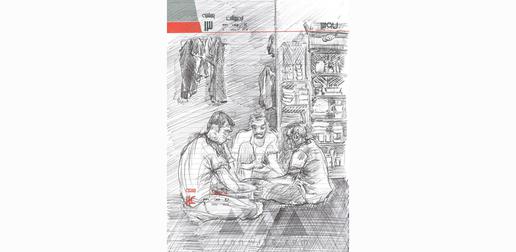
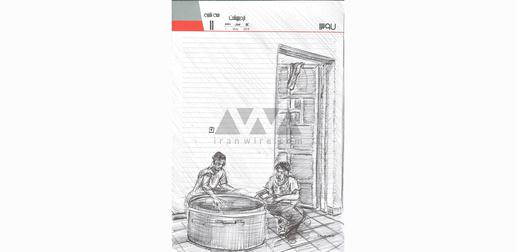
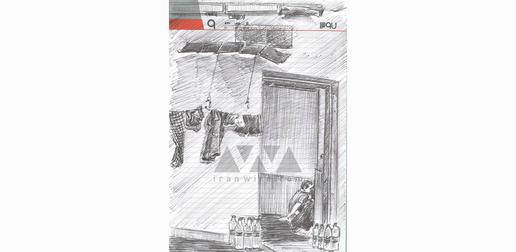
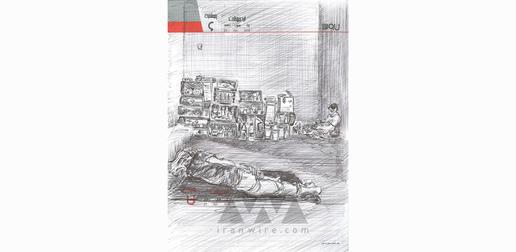
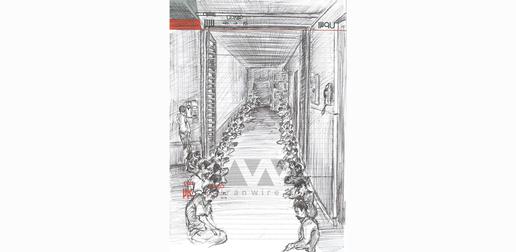
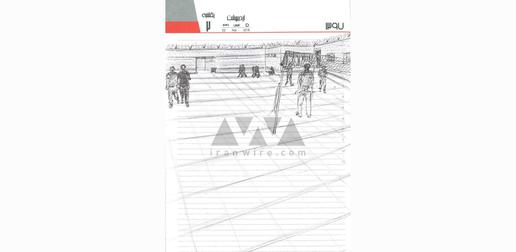
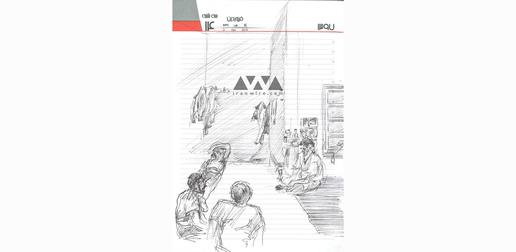
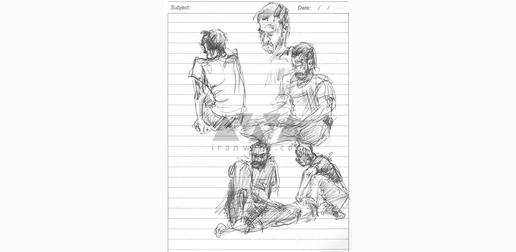
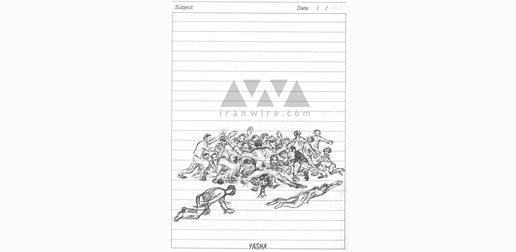

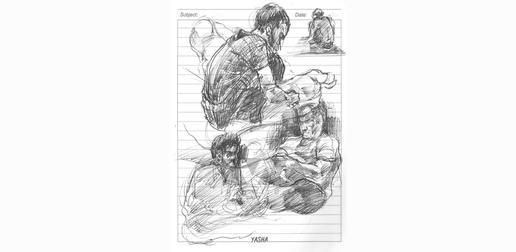
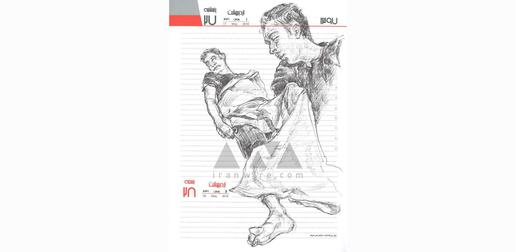
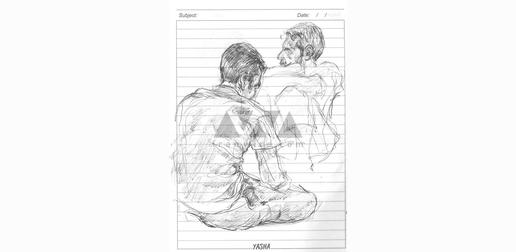
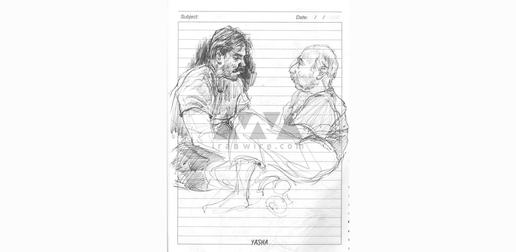
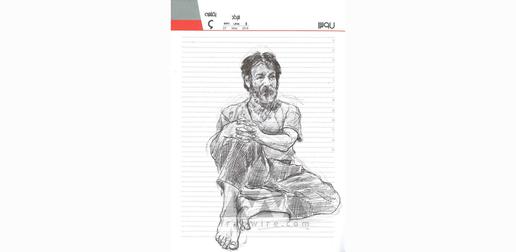
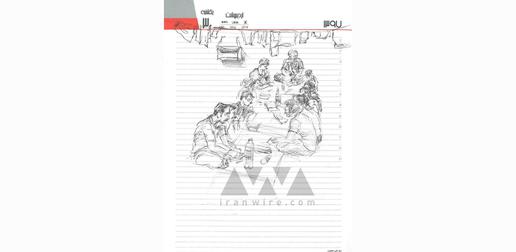
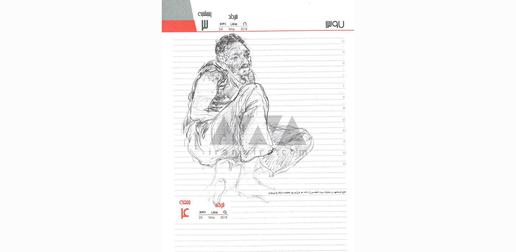
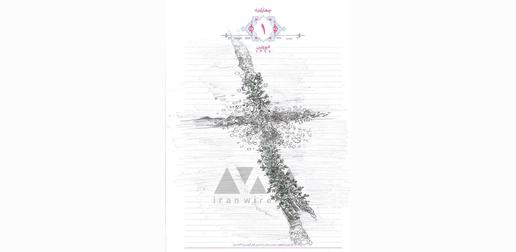
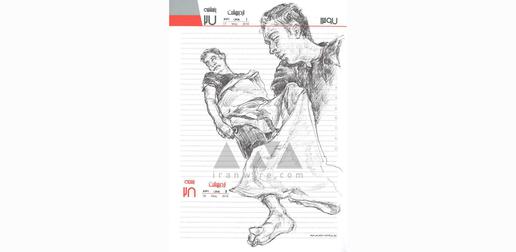

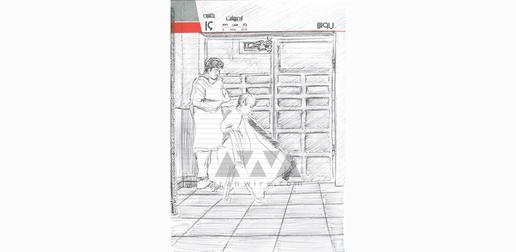
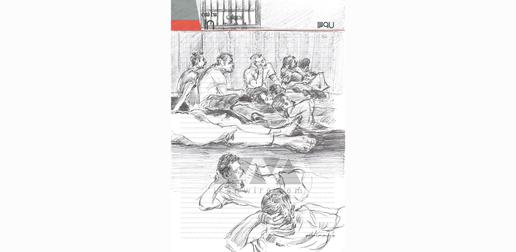

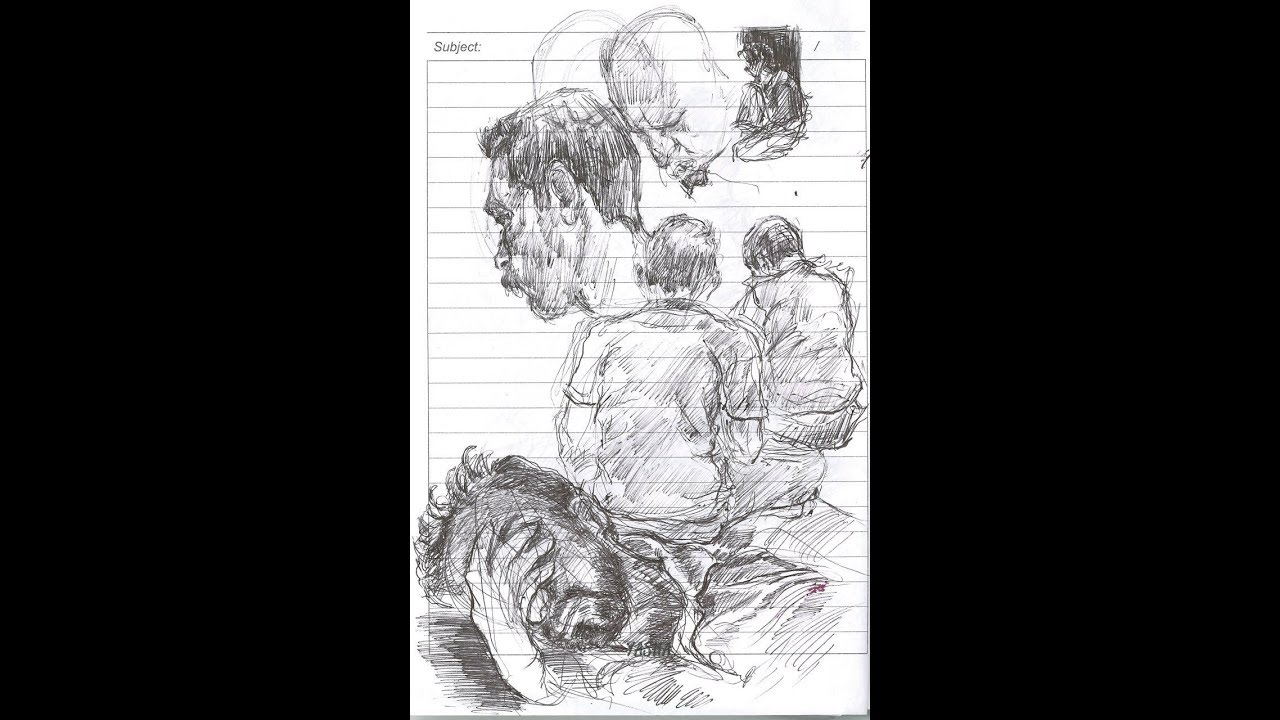













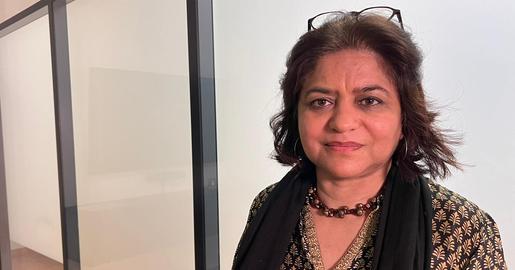





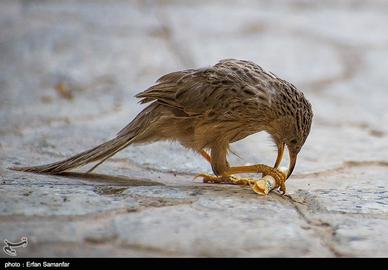
comments